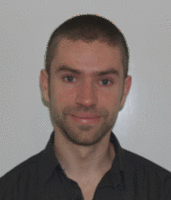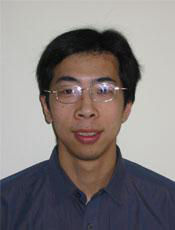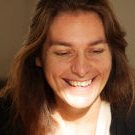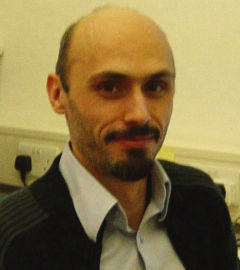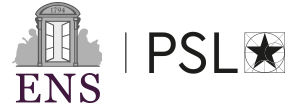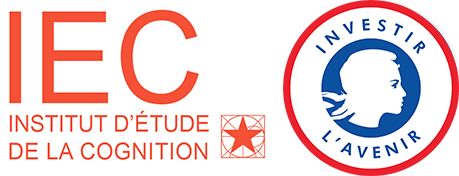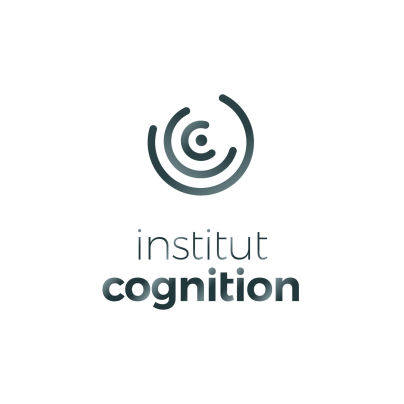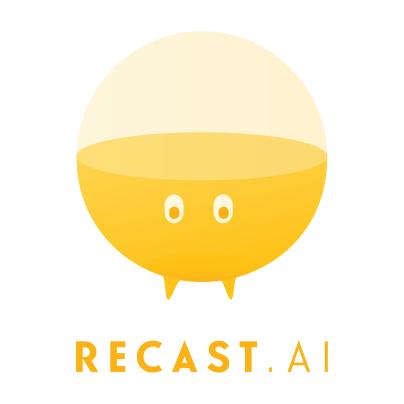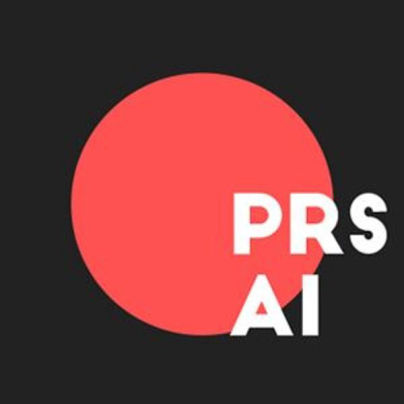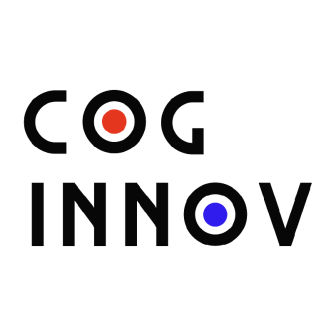(*) Les posters précédés de ce symbole seront également présentés brièvement à l'oral en début de séance
Modélisation des processus d’acquisition syntaxique par jeux de langage entre agents artificiels. Marie Garcia, Isabelle Tellie.
A comparison of two types of automatic speech recognition systems as quantitative models of cross-linguistic phonetic perception. Thomas Schatz, Naomi Feldman.
Gender Processing in Second Language Acquisition. Manex Agirrezabal, Alice Ping Ping Tse.
Dynamics of single word production from childhood to adolescence and adulthood. Tanja Atanasova, Raphaël Fargie, Pascal Zesiger, Marina Laganaro.
Computational Word Segmentation and Code-Switching: the Chintang case. Georgia - Rengina Loukatou, Sabine Stoll, Alejandrina Cristia.
Emergence of attention in a neural model of visually grounded speech. William Havard, Jean-Pierre Chevrot, Laurent Besacier.
Using Correlated Contextual Cues to Shift Attentional Biases in Word Learning. Michelle Luna, Catherine Sandhofer.
(*) Learning and evaluating hierarchies of verb argument structure, Jesse Mu. Joshua Hartshorne, Timothy O’donnel.
(*) The role of prediction error in linguistic generalization and item-based learning. Masa Vujovic, Michael Ramscar, Elizabeth Wonnacott
Modeling language learning from the ground up, Christos Christodoulopoulos, Dan Roth, Cynthia Fisher.
(*) Semi-supervised learning in human infant. Sandy Latourrette, Sandra Waxman.
Verbalization as a tool for compositional problem solving in humans and machines. Rahma Chaabouni, Armand Joulin, Alessandro Lazaric, Emmanuel Dupoux, Marco Baroni.
The representation of syntactic structures in Long-Short Term Memory networks and humans. Yair Lakretz, German Kruszewski, Dieuwke Hupkes, Theo Desbordes, Sébastien Marti, Stanislas Dehaene, Marco Baroni.
(*) The Perils of Natural Behavioral Tests for Unnatural Models: The Case of Number Agreement, Adhiguna Kuncoro, Chris Dyer, John Hale, Phil Blunsom.
(*) Do RNN language models induce referential information? An analysis of article prediction, Kristina Gulordava, Gemma Boleda.
Investigating the relationship between language processing efficiency, vocabulary, and working memory across development, Michelle Peter, Amy Bidgood, Samantha Durrant, Julian Pine, Caroline Rowland.


